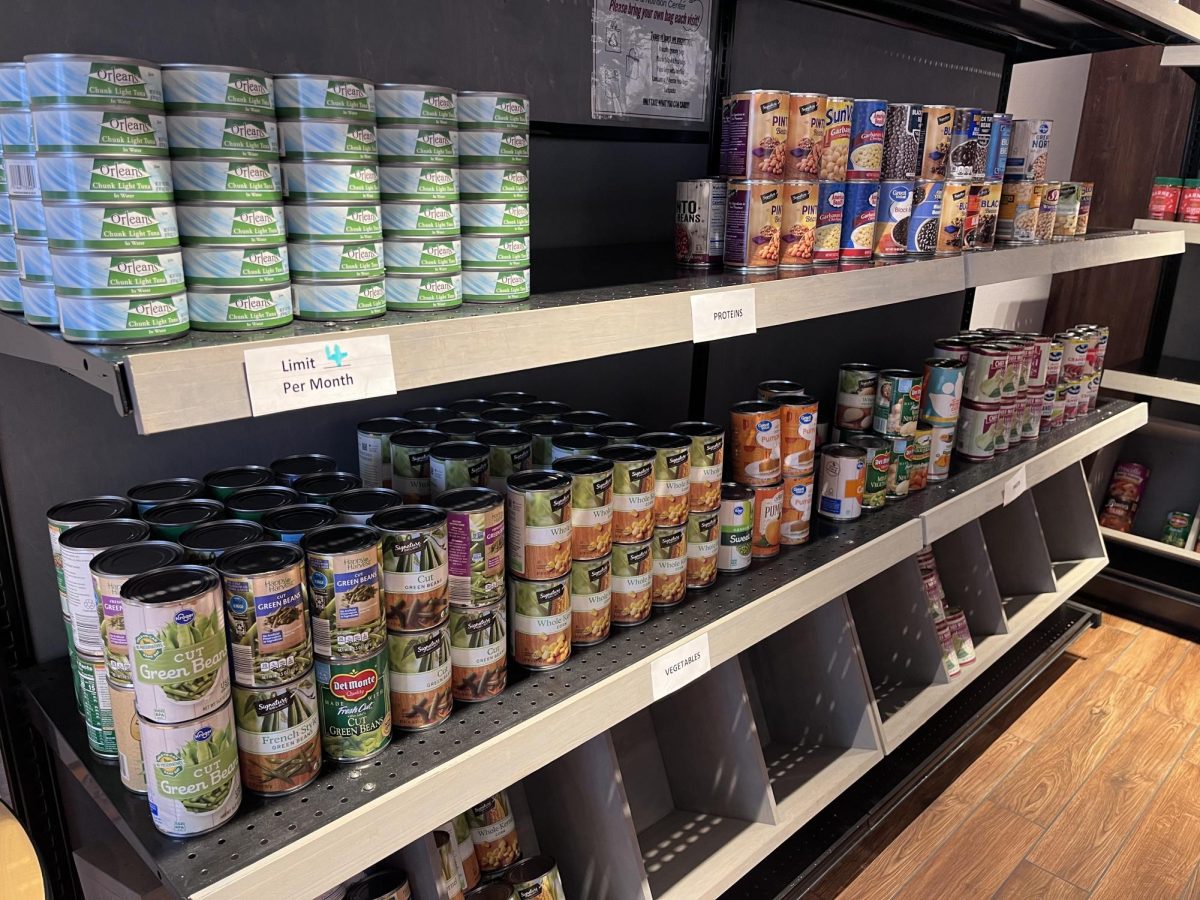SAN MARCOS – The San Diego Natural History Museum (SDNHM) is bringing the Healthy Canyon Initiative to the San Marcos campus. The purpose of this initiative is to conduct a multidisciplinary biological inventory of San Diegos’ urban canyons.
Researchers will keep track of plants, arthropods, amphibians, reptiles, mammals, and birds. The SDNHM has selected 20-25 canyons across San Diego County two of them being here at Palomar College. One of the canyons that are being studied is located behind the baseball field and the second one is located next to West Mission Road.
“We have very little information about what’s in these spaces, especially for insects, we could probably say, like, more or less what, you know, reptiles are there, you know, and lizards, but for things like plants and insects. I mean, we just don’t know,” said Michelle Thompson, the Director of Conservation Biology at SDNHM.
Since the canyons across North County have not been deeply studied, the project will help determine the current state of wildlife conservation in those canyons. Researchers will document floristic diversity through photographing, walking, and conducting visual surveys. Bird diversity will be documented through recordings and auditory observations. Furthermore, live trapping for small mammals and camera trap surveys using motion sensors will be used to document mammals’ visual surveys.
“It’s just really exciting to find out, like, what species are out there, and if they end up finding something rare…” said Kaitlyn Long, who shows an interest in majoring in botany and is a member of Palomar’s wildlife club.
The Healthy Canyons initiative was granted three years to research the canyons across SD County. The initiative started in the Spring of 2024 and has been adding canyons little by little. The project is expected to end by 2026. Research at the Palomar Canyons started in September, and more studies are expected to resume in October.
This initiative hopes to increase the connectivity between people and greenspaces through community engagement. Palomar’s Wildlife Club, founded by student Grant Wass, explains how the group will take part in this initiative.

“We do like a plant survey there, and they also do a bee survey.”… “But I know that we probably could be looking for other stuff, too,” Wass said.
Locals and students from any major are able to join this project through INaturalist which is a community science application that people can download and collect data of plants and animals. You can interact with their curators who will tell you what species are in the data you collected.
“You’ll get really interesting comments, like, oh, this is why this isn’t this species, and then they’ll tell you why it is, and they’ll send you, like, little distribution…” said Long, who heard about the project through INaturalist and uses the program on a regular basis.
Bringing students onto this project allows them to understand what is going on in their college and how it can affect them— “the more we get people outside and get them familiar with their environments, the more they’re likely to help preserve those spaces” said Beth Pearson, Palomar’s Wildlife club advisor and professor of marine biology, botany, and general biology.
To learn more about INaturalist and the Healthy Canyons initiative you can sign up through their website or download the mobile app on any device and log in.














